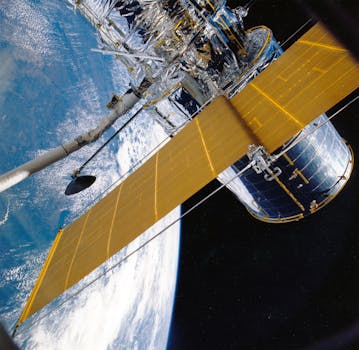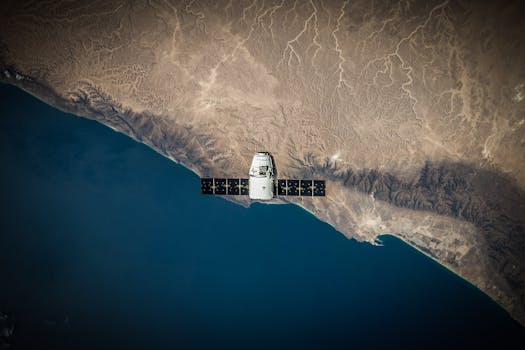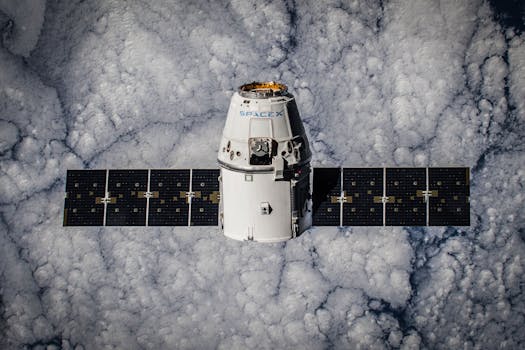
Beyond Earth: How Recent Advances in Satellite Tech are Shaping Global Communications
Recent advances in satellite technology are revolutionizing the way we communicate globally. With the ability to transmit data at faster speeds and over longer distances, satellite tech is playing a crucial role in shaping the future of global communications. In this article, we will explore the recent advances in satellite technology and their impact on global communications.
Introduction to Satellite Technology

Satellite technology has been around for several decades, but recent advances have made it more efficient, reliable, and accessible. Satellites are essentially spacecraft that orbit the Earth, transmitting and receiving signals to and from different locations on the planet. They are used for a variety of purposes, including navigation, weather forecasting, and communication.
Satellite communication involves the transmission of data, voice, and video signals through satellites. This technology has been instrumental in connecting remote and underserved areas, where traditional communication infrastructure is lacking. With the help of satellites, people in these areas can now access the internet, make phone calls, and send messages, bridging the communication gap between them and the rest of the world.
Recent Advances in Satellite Technology

Recent advances in satellite technology have been significant, with improvements in launch vehicles, satellite design, and signal processing. One of the most notable advances is the development of high-throughput satellites (HTS), which can transmit data at speeds of up to 100 Gbps. HTS have enabled the widespread adoption of satellite-based broadband services, making it possible for people in remote areas to access high-speed internet.
Another significant advance is the development of low-Earth orbit (LEO) satellites, which orbit the Earth at an altitude of around 2000 km. LEO satellites have several advantages over traditional geostationary satellites, including lower latency, higher bandwidth, and improved signal strength. Companies like SpaceX and OneWeb are launching constellations of LEO satellites to provide global internet coverage, with the goal of connecting billions of people around the world.
Impact on Global Communications

The recent advances in satellite technology are having a profound impact on global communications. With the ability to transmit data at faster speeds and over longer distances, satellite tech is enabling new applications and services that were previously impossible. For example, satellite-based broadband services are being used to connect remote communities, provide backup connectivity during disasters, and enable IoT applications like smart agriculture and smart cities.
Satellite technology is also being used to improve the resilience and reliability of communication networks. During natural disasters or network outages, satellites can provide backup connectivity, ensuring that critical communication services remain available. This is particularly important for emergency responders, who rely on communication networks to coordinate their efforts and respond to emergencies.
Conclusion

In conclusion, recent advances in satellite technology are revolutionizing global communications, enabling faster and more reliable connections around the world. With the development of HTS, LEO satellites, and other technologies, satellite tech is playing a crucial role in shaping the future of global communications. As the demand for satellite-based services continues to grow, we can expect to see even more innovative applications and services emerge, transforming the way we communicate and interact with each other.
See more:


